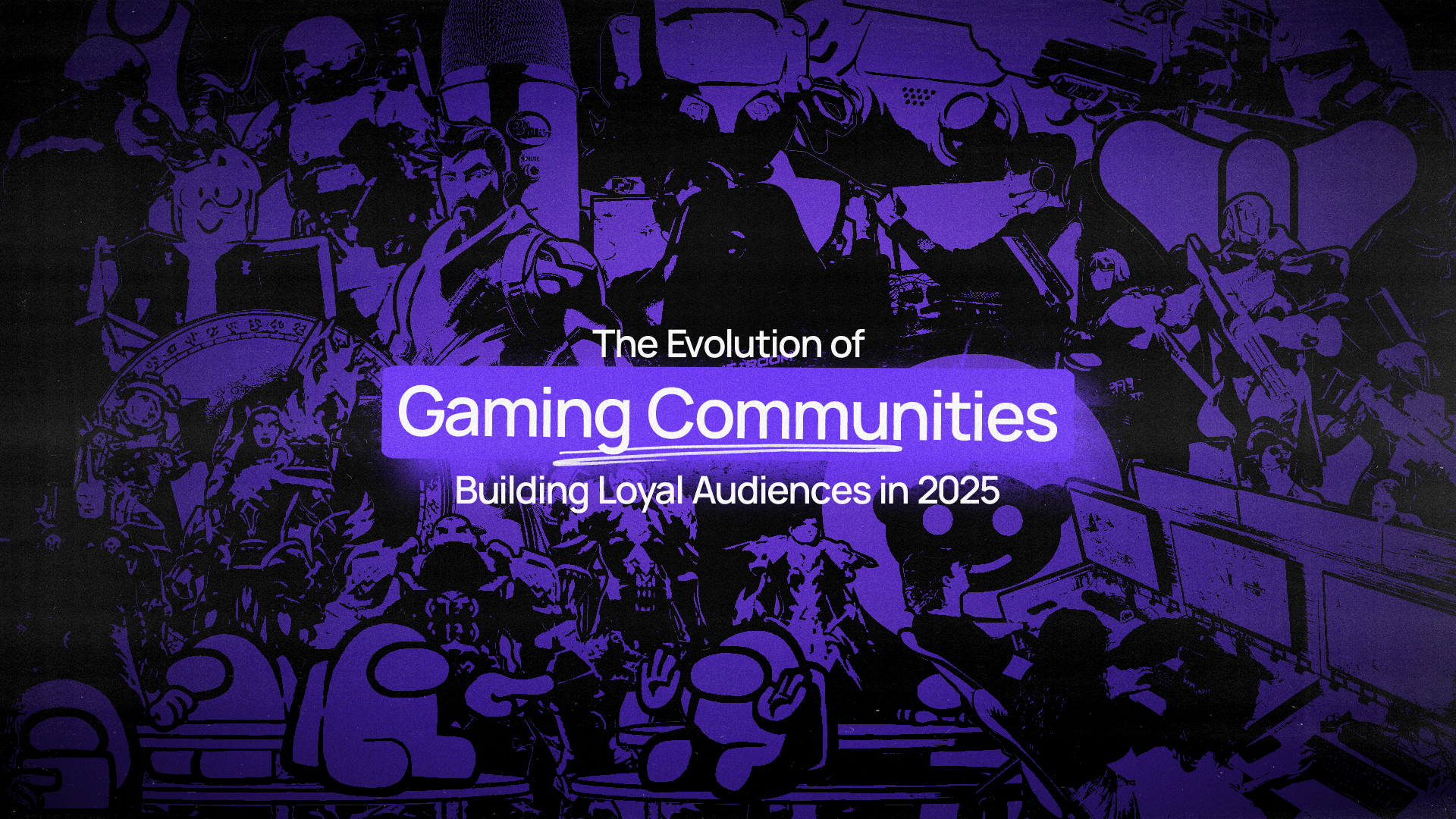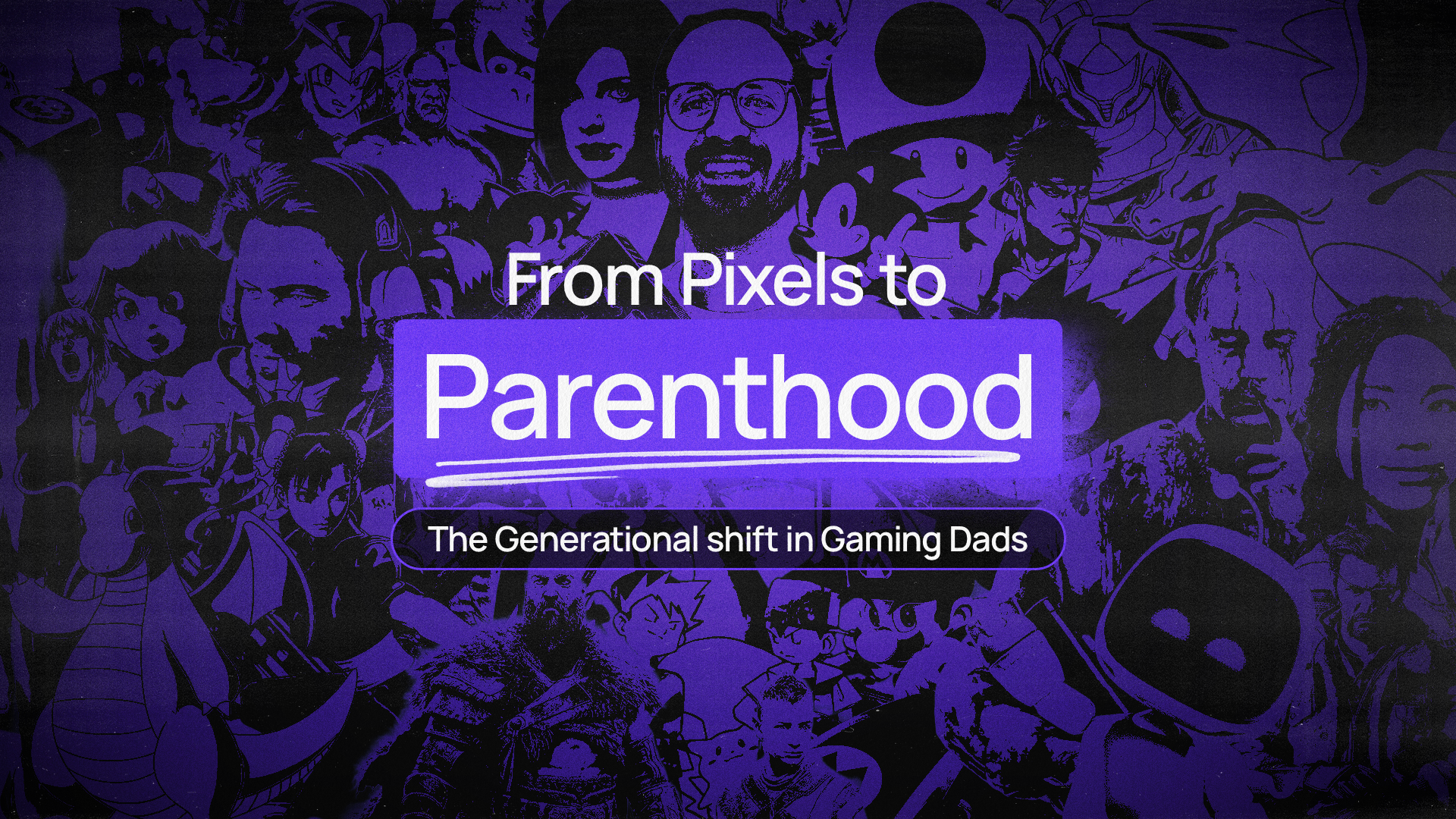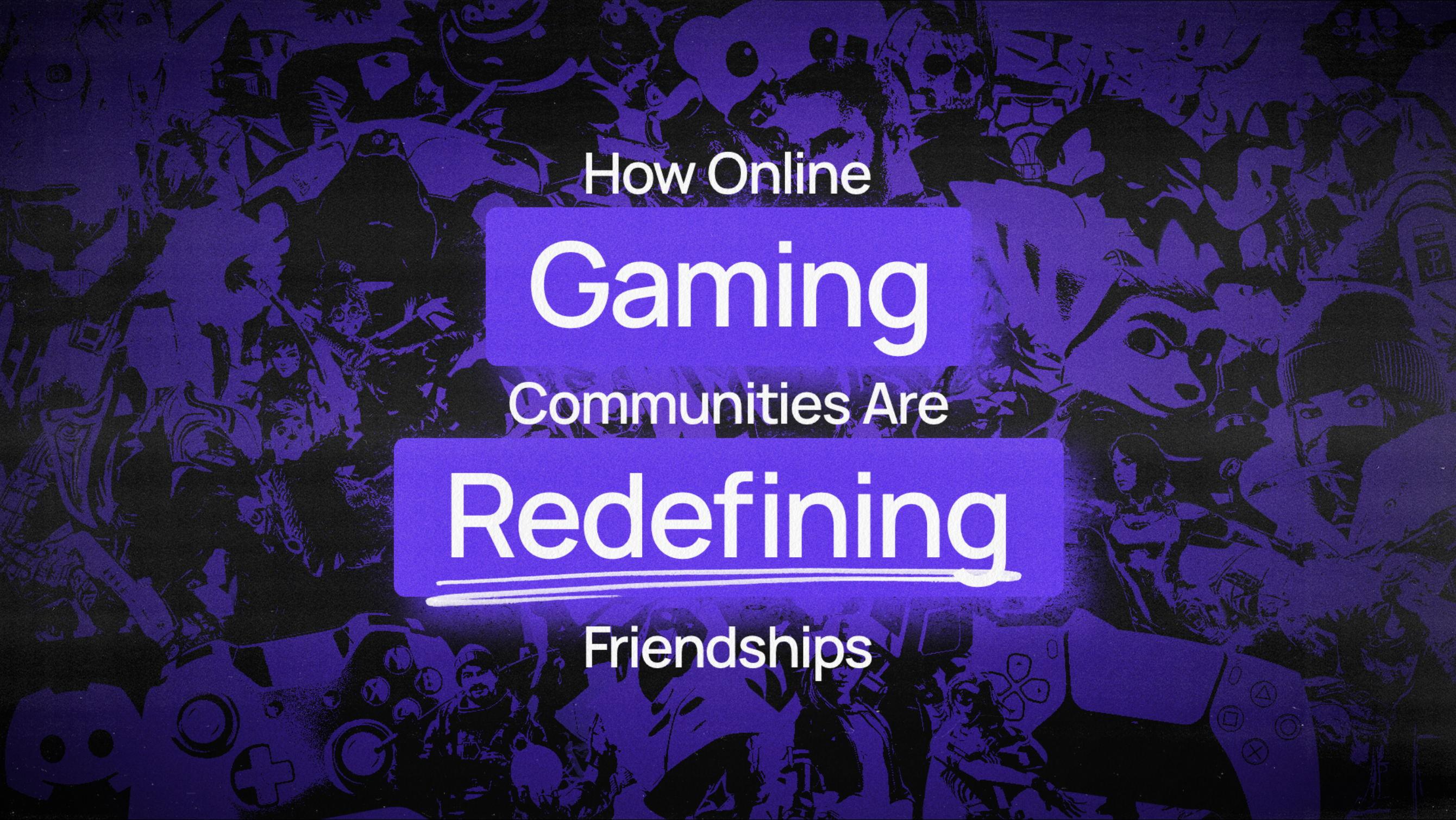Ideas
10 Minute Read
The Evolution of Gaming Communities: Building Loyal Audiences in 2025

In 2025, gaming communities have come a long way from where they were 20 or 30 years ago. The image of a lone player in their basement playing Unreal Tournament via LAN, or a group of friends raiding World of Warcraft over TeamSpeak, feels like a relic of the past. While those communities still exist, they’ve evolved, now thriving online across a wide range of platforms.
Players have shifted from passive participants to active contributors, deeply involved in every stage of a game’s lifecycle. Centralised hubs of communication have given way to disparate but interconnected ecosystems that span platforms including Discord, Reddit, forums and content creator channels. These touchpoints don’t just support a game's community, they are the community. And in many cases, they’ve become as important as the game itself.
Today, the most successful studios and brands understand that building community in games isn’t just ticking a box, it’s a key part of development, identity, and ongoing engagement.
From forums to fandoms – how we got here
In the early days, gaming communities were virtually non-existent; gaming was a niche hobby with a limited audience. But as the decades rolled on, the landscape changed dramatically. Gaming grew into a global phenomenon, driven by advancements in technology and the widespread adoption of broadband, granting mass online access.
Back in the late '90s and early 2000s, communities existed, but only at a basic level. There were a handful of forums and IRC chat rooms, often fragmented and hard to discover. Today, gaming communities span countless touchpoints, both digital and physical.
The rise of online multiplayer games has made these communities essential. Whether teaming up for raids, sharing strategies for brutally difficult titles like Dark Souls, or just finding people to squad up with, community is now a core part of the gaming experience.
Platform-native networks like PlayStation Network and Xbox Live have only accelerated this growth, cultivating fandoms and encouraging social play. Platforms like Steam, Reddit, and Discord have made it easy to share your passion, connect with like-minded players, and feel part of something bigger.
Add to that the rise of esports and gaming microcelebrities introduced a new kind of subculture; tight-knit, highly engaged, and often cult-like in their devotion. These communities aren’t just about exchanging information, but identity and participation.
-
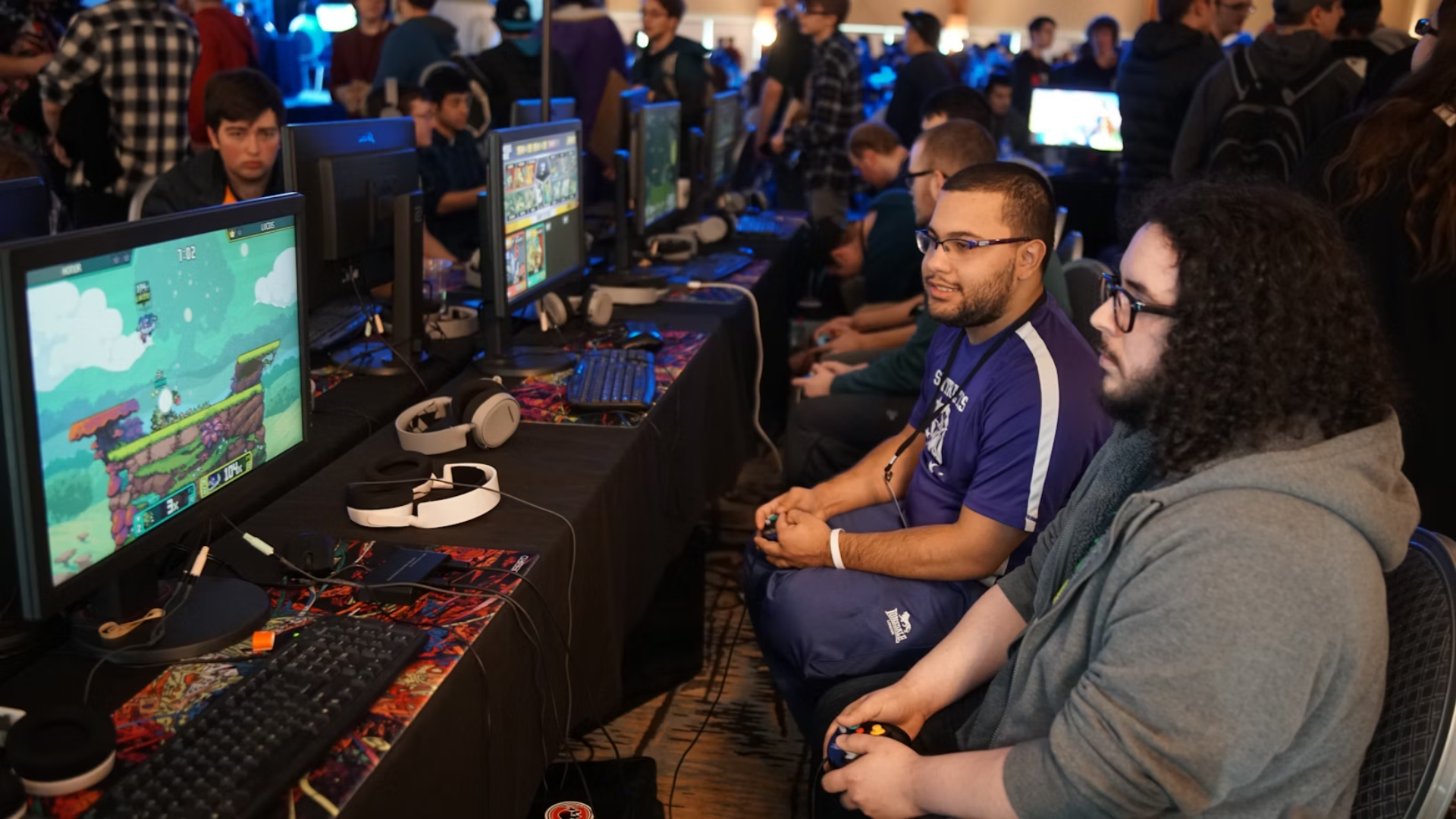
Gaming communities - they've come a long way!
-

Platform-native networks - they're accelerating the growth
What community looks like in 2025
In 2025 the gaming community landscape is unrecognisable from even a few years ago. Discord servers act as the hub for players to engage, share and police community comments. Subreddits also provide a space where developers can share real time patch notes with the community and garner feedback for future updates. It’s also a great place to assess consumer sentiment and see what’s working and not. Player reviews, especially on Steam, offer valuable real-time feedback, highlighting ways games can be improved and what players want to see next.
Beyond this there are some games that elevate this further. Fortnite’s Creative Islands is a program that allows its user base to create environments where players can build, play, and share their own unique game experiences. Roblox also does this really well with user-built experiences offering endless new ways for players to connect and contribute beyond developers.
Gaming communities in 2025 have evolved from just forums or platforms, now they’re cross-platform, creator-powered, and largely self-sustaining. The line between developers and players continues to fade, as community-led ideas are increasingly embraced and canonised. Just look at Baldur’s Gate 3. Larian Studios invited its community to help shape the game's development and they listened closely where fan feedback directly shaped features of the game. Everything from the UI and dialogue to romance options and combat refinement. Games like Helldivers 2, also did this particularly well through its Galactic War meta-game. It meant players voted with their boots (and bullets), determining where to focus their efforts. Devs then update the state of the war in real time, often reacting to unexpected outcomes and tailoring narrative beats based on what players are doing. This is a great example of transforming community participation into real influence.
The key takeaway here is that communities are cross-platform, always-on, and often self-sustaining. In-game events, UGC tools, and creator economy integrations are now essential for growing and retaining a vibrant community.
Building loyalty in an age of abundance
With that said, in 2025 there are more games than ever being released across both popular and emerging genres. The market now extends far beyond traditional consoles, with PC gaming and handheld platforms seeing massive growth. But with abundance comes distraction, players are spoilt for choice, making it harder than ever to stay engaged with every aspect of a game’s development or community.
For developers and publishers, the challenge isn’t just creating great content, it’s building a vibrant, sustainable community around it. That means staying culturally relevant, finding a tone of voice that resonates with your audience, and actively engaging with fans. It's about creating an environment where players feel heard, valued, and part of something bigger while still preserving moments of surprise and anticipation.
Tactics like celebrating community creativity, running contests, offering shout-outs, or rewarding long-time players can go a long way in cultivating loyalty. But it’s crucial to remember: loyalty isn’t automatic. It takes time, consistency, and authenticity to earn and it can be lost in an instant.
The old saying “Rome wasn’t built in a day” couldn’t be more relevant. Even well-established communities can turn overnight if players feel neglected or misled. In a hyper-social, always-on world, staying relevant isn’t just a marketing goal, it's a constant battle every studio, publisher, and platform faces.
-
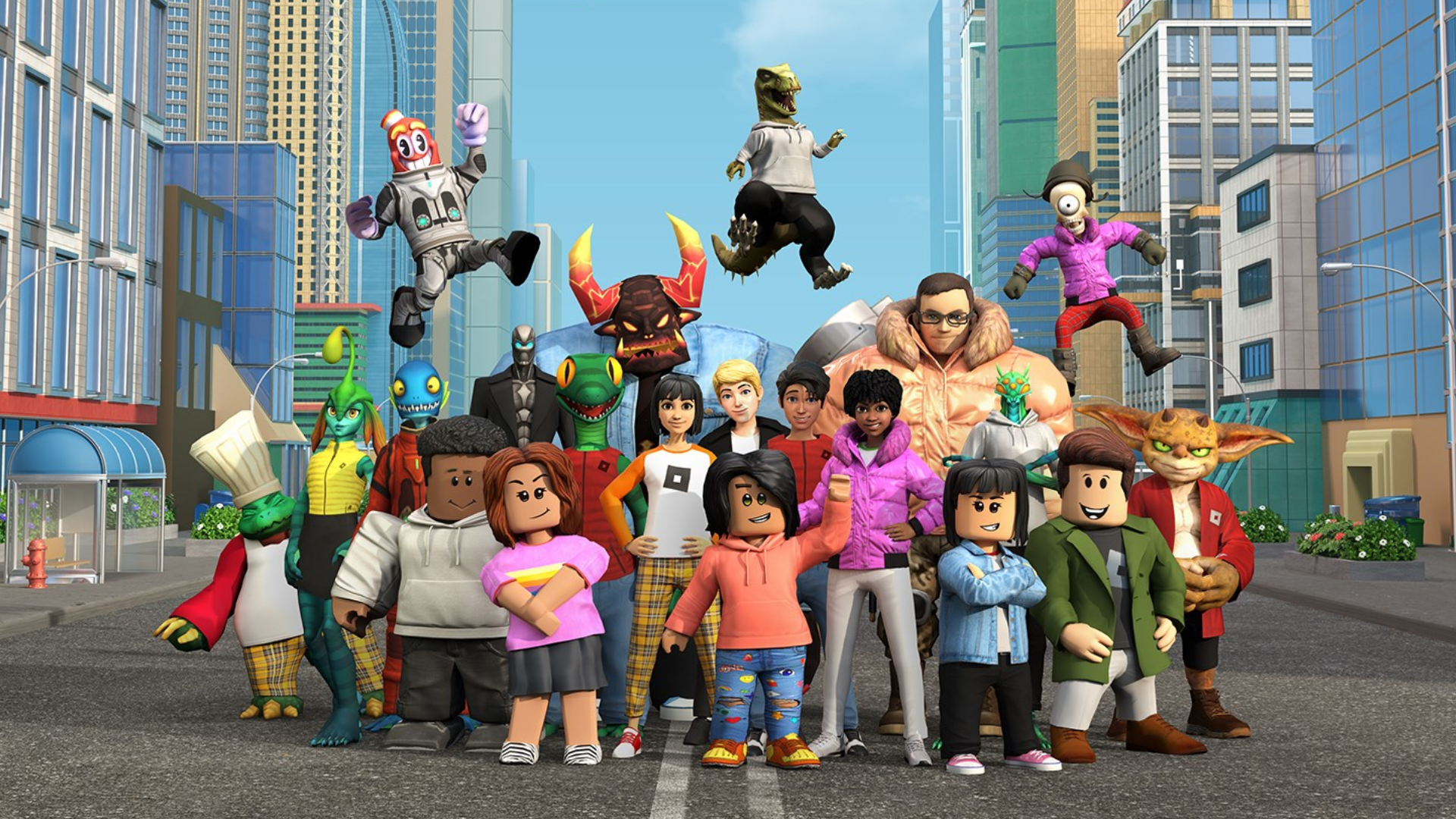
Roblox offers endless new ways for players to connect
-
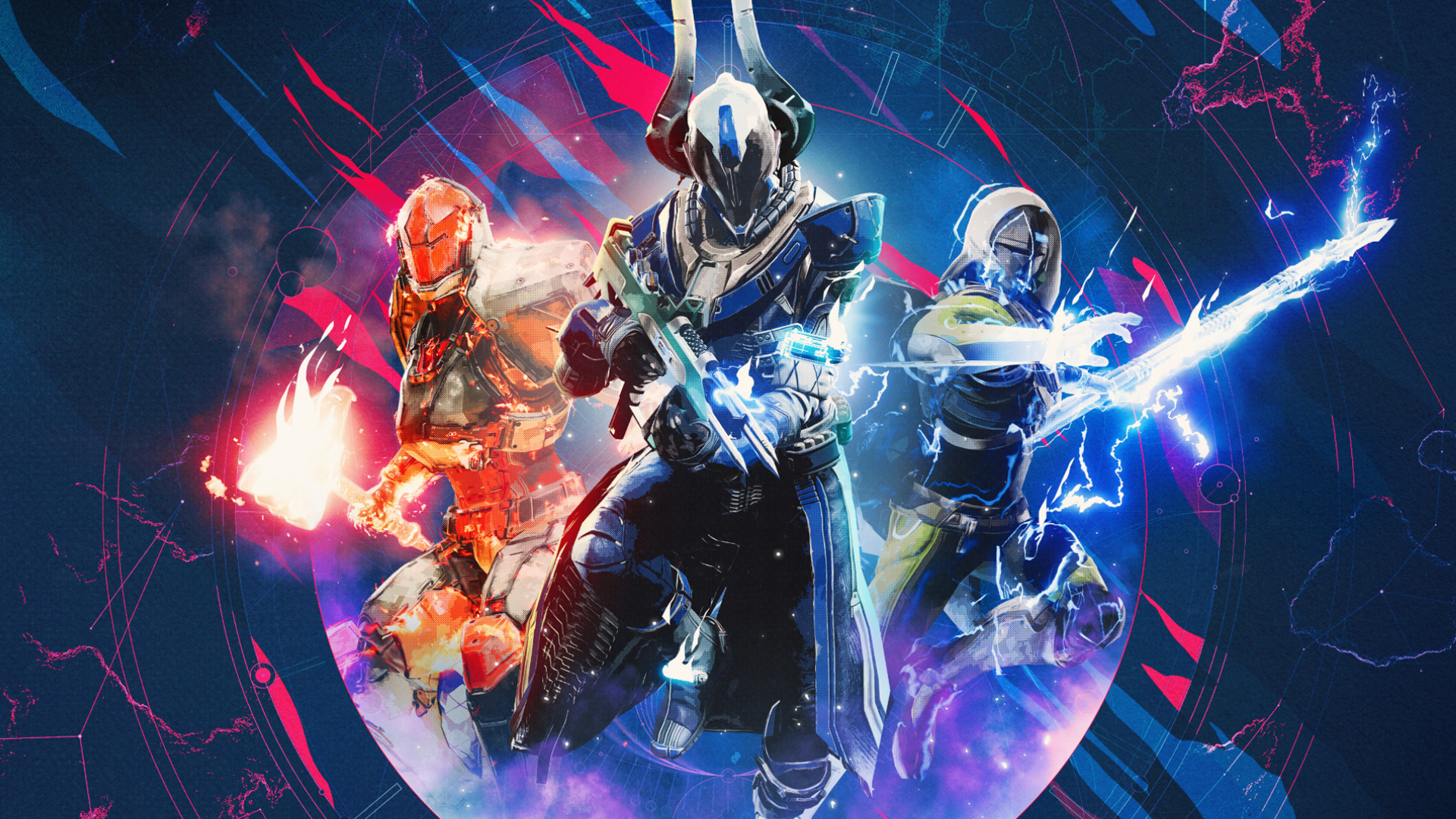
Destiny 2 has one of the most devoted communities in gaming
Best-in-class community moments
Destiny 2: Community-Driven Mysteries
Bungie has built one of the most devoted communities in gaming by weaving real-time puzzles and Alternate Reality Games (ARGs) into the narrative. Events like the Corridors of Time puzzle brought thousands of players together across Reddit and Discord to solve mysteries in synchrony. These shared moments create lore and loyalty.
Helldivers 2: Real-Time War Stories
Arrowhead’s decision to let players shape the outcome of a galactic war added an extra layer of immersion. Victories and defeats in battle impact the in-game narrative for everyone, making community coordination not just fun, but meaningful.
Among Us: Embracing the Chaos
Rather than fighting fan mods or memes, Among Us leaned in. The devs embraced the game’s viral success, highlighting fan content and letting the community steer the conversation. The result? Ongoing relevance years after launch.
The future of community is co-creation
What’s clear is that gaming communities aren’t just fans of your game, they co-exist with it and should be treated as a living, evolving entity in its own right. When done right, the game and its community form a perfect pairing, like salt and pepper when you’re cooking up something special. If you want to stay relevant and successful for the long haul, nurturing the community should be as much a priority as developing the game itself.
So whether you're a developer, marketer, or publisher, the message is clear, know your audience. Speak their language. Involve them early. Above all, make them feel like more than just players - make them feel like they belong.
